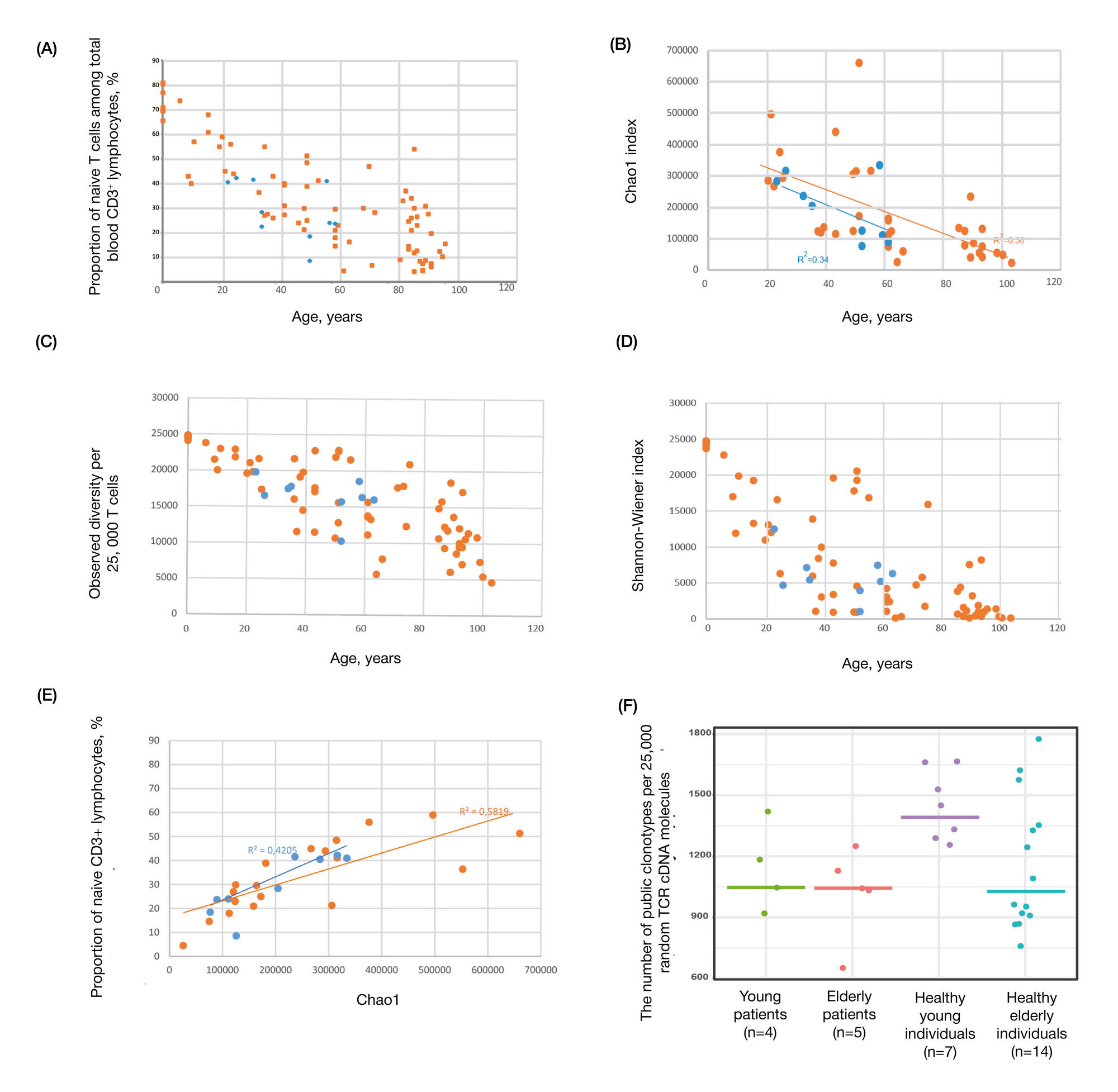
This article is an open access article distributed under the terms and conditions of the Creative Commons Attribution license (CC BY).
ORIGINAL RESEARCH
Long-term effect of high cyclophosphamide doses on the repertoire of T-cell receptors of peripheral blood T-lymphocytes in patients with autoimmune vasculitis
1 Group of structural Organization of T-cell Immunity, Department of Adaptive Immunity Genomics, Shemyakin and Ovchinnikov Institute of Bioorganic Chemistry, Moscow
2 I. M. Sechenov First Moscow State Medical University, Moscow, Russia
Correspondence should be addressed: Olga V. Britanova
ul. Miklukho-Maklaya, d. 16/10, Moscow, Russia, 117997; moc.liamg@natirblo
Funding: this work was supported by the Russian Science Foundation (Grant No. 16-15-00149). Equipment used in the study was provided by the shared facility of the Institute of Bioorganic Chemistry (the facility is supported by the Ministry of Education and Science of the Russian Federation, project ID RFMEFI62117X0018).
All authors' contribution to this work is equal: selection and analysis of literature, research planning, data collection, analysis, and interpretation, drafting of a manuscript, editing.


